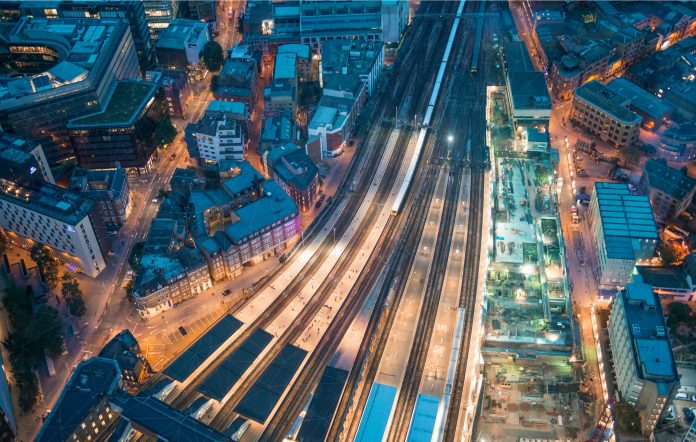Alex Froom, CPO at Zipabout, discusses how data-driven insights can drive sustainability in the transport sector
Transport makes up the biggest share of climate pollution in the UK. Last year a report from the government highlighted that greenhouse gas emissions from transport were responsible for 27% of the UK’s total output (1).
As a sector, the transport industry has been slow to act on the climate crisis and as pressure to respond increases, transport operators are left frantically searching for solutions. In the case of the UK rail industry, creating a ‘customer-focused sustainable railway’ is at the top of the agenda, and highlighted as a key objective in the independent Williams Rail Review.
Passenger data
However, the secret to running a more sustainable transport system could be closer than people think. One of the biggest challenges facing transport operators is a lack of understanding and insight into how their passengers actually use their network. More insights into passenger behaviour and demand will not only enable more informed planning and scheduling for all modes of transport – it will highlight opportunities to make sustainable choices across the board in addition to reducing energy consumption. There are many ways to achieve this but it starts with appreciating the difference between usage and demand data.
Rail and bus industry
Take the rail industry, for example, I have yet to meet a timetable planner who bases their decisions on anything more than current usage data (and to some degree, tradition). Therein lies the problem, as you cannot base demand on usage as they are not the same thing. Put simply, if I want to get directly to Cambridge from Oxford by train, I can’t – that’s demand. Instead, I catch the train to Cambridge via London because I have to – that’s usage.
Operators confuse usage for demand and continue to plan timetables and journey routes around it. However, real-time demand and latent demand data (data that indicates when someone has tried to make a journey but can’t because there are no / restricted options available) is what’s really needed to create a sustainable, demand-responsive transport system.
In the case of demand-responsive rail and bus services, passengers would use a flexible timetable system allowing operators to run services that could grow or shrink on a daily basis. The result reduced fuel consumption and a more responsive service benefiting audiences that are currently disenfranchised from travelling by rail and bus. This sustainable model could also be used to optimise capacity in a number of ways, including designing timetables around need, adding additional carriages and reducing underused, off-peak services.
Benefits
There are many other benefits to be had when it comes to accurate demand data, especially when it’s integrated with the OEM/ manufacturer.
We’ve all experienced a long train journey with only a handful of people in each carriage, but despite the peace and quiet, there’s an abundance of energy being wasted. Demand data would help the rail industry to optimise carriages by grouping people together based on their individual journeys, reserving seats in real-time when a train pulls in. For example, “we have held seat 14B for you in carriage A – if you don’t grab it in 5 minutes, we’ll offer it to someone else!”
This would allow operators to position people in the right part of the train during long services. By doing this, not only can the lights and heating be switched off in empty carriages, it could allow the operator to disconnect a carriage completely, saving on emissions or only using the service where it’s actually needed.
As part of our R&D offering, we will be exploring the different use cases of demand data with a train manufacturer in Europe later this year. The trials will involve accessing the European network of unused rail freight paths, of which there are 10,000 a month in the UK alone.
Lower emissions
Transport emissions haven fallen by just 2% since 1990(2) so the industry has some serious catching up to do if it wants to meet the trajectory for net-zero emissions. However, as we continue to wait for the electric revolution, it’s vital that operators understand that they have the power to make significant and meaningful changes, practically overnight.











